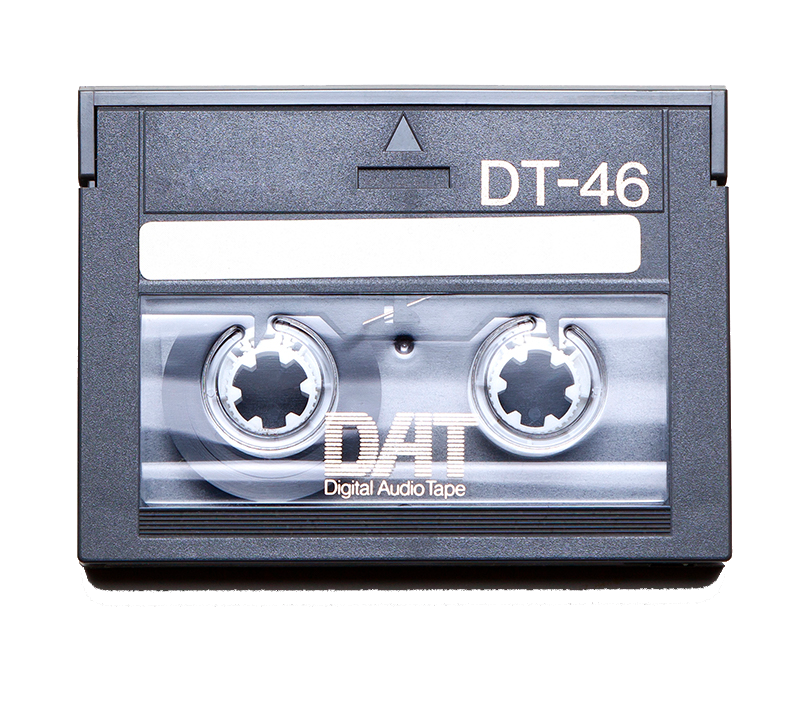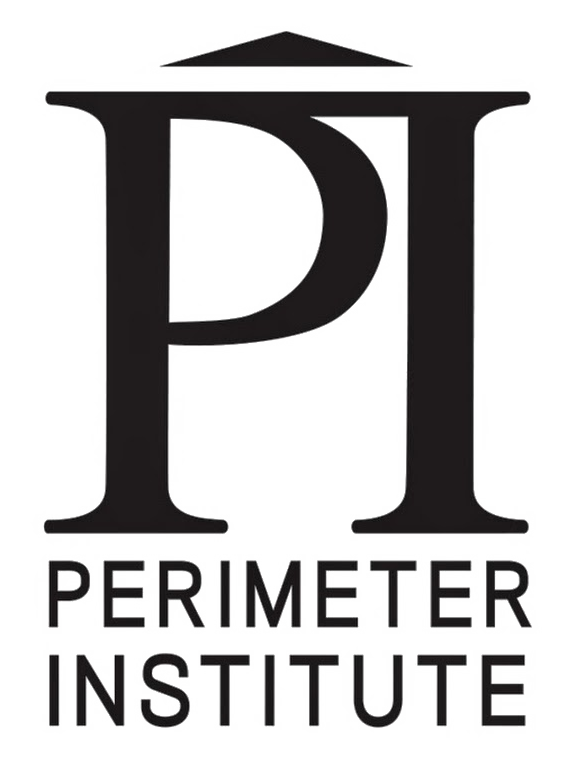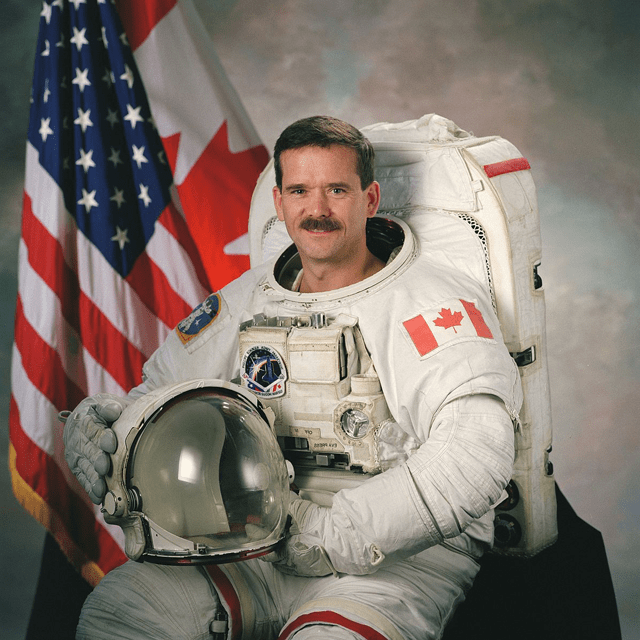
DAT (Digital Audio Tape) is a 4mm magnetic tape format introduced in the late 80s by Sony. Only a fraction of the size of Philips’ Compact Cassette, the design was similar in that it passed the tape along two spools housed in a plastic casing. Unlike Philip’s Compact Cassette that could be flipped over for additional recording, the DAT could only record and playback in a single direction.
The benefit of the new Digital format, that Sony was hoping would replace the Compact Cassette as market leader for commercial standard, was the ability to record audio at a sampling rate that would rival, and potential to exceed, the Compact Disc. The technology was also in place to allow listeners to skip tracks, due to the player’s ability to ID individual titles and time codes encoded into the content.
Unfortunately Sony had failed to capture the marketplace with this product due to its high price point and a new awareness from the RIAA (Recording Industry Association of America) of the consumer’s ability to recreate unauthorized, lossless, duplicates of the tapes (what would later come to be known as Pirating), since digital information can be perfectly cloned with available technology.










